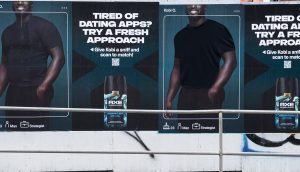A new U.S. study from MRI (Mediamark Research Inc.) doesn’t hold much hope for the use of SMS short code messaging to expand beyond the young demographic. Even amongst 84% of SMS users, this technology – currently being used by many marketers as a response element in advertising and promotions – is said to take too long, is a real hassle to use, hard to remember, or that they had little interest in the offers they see using SMS as a mobile response. MRI tested SMS and a new faster StarStar technique (**) with 600 adults aged 18-65+ using print, TV, and radio advertising with mobile response components. Not surprisingly, younger consumers are more adept at SMS but overall, twice as many participants – 90.8% – successfully responded using the StarStar call number (** plus a couple of digits) than were successful with the SMS text-to-number task. Other findings include:
* Respondents who prefer the abbreviated StarStar technique are, on average, four years older than respondents who prefer the SMS text-ing routine (47.2 vs. 43.2 years)
* Among all respondents who prefer the StarStar approach, 35.4% do not know how to send text messages while 77.8% of respondents who do know how to text (and 78.5% who don’t) prefer the StarStar call technique.
The study was conducted for California-based technology company Zoove Corp. (zoove.com) the company behind the StarStar system. Tim Jemison, Zoove CEO, says that the StarStar technology will transform mobile marketing by broadening its appeal to demos and increasing response rates for mobile campaigns because of its simplicity.























